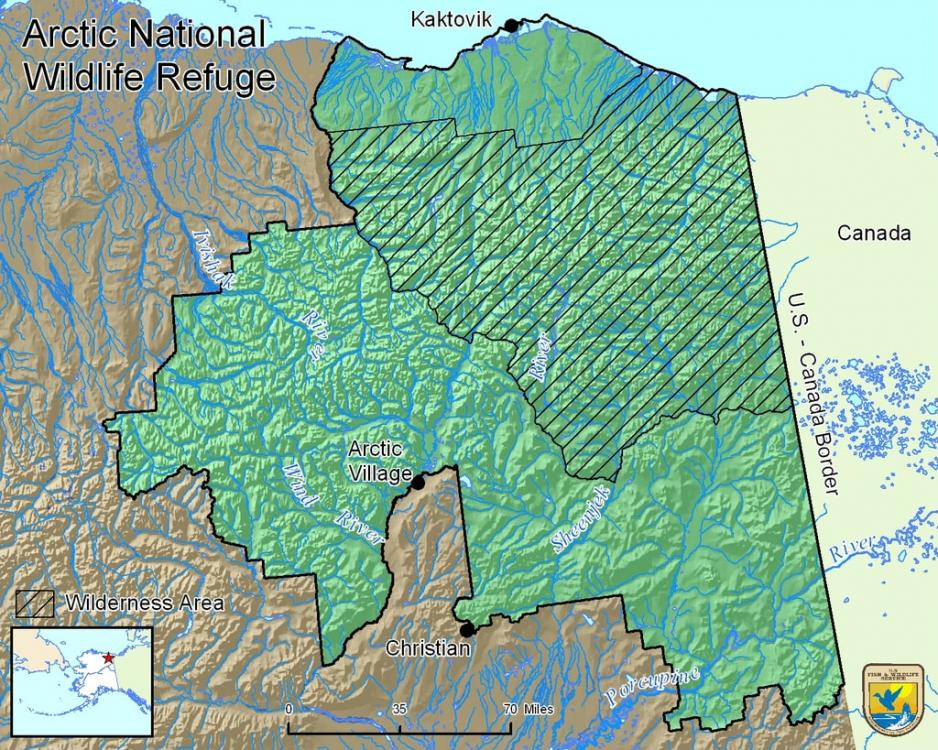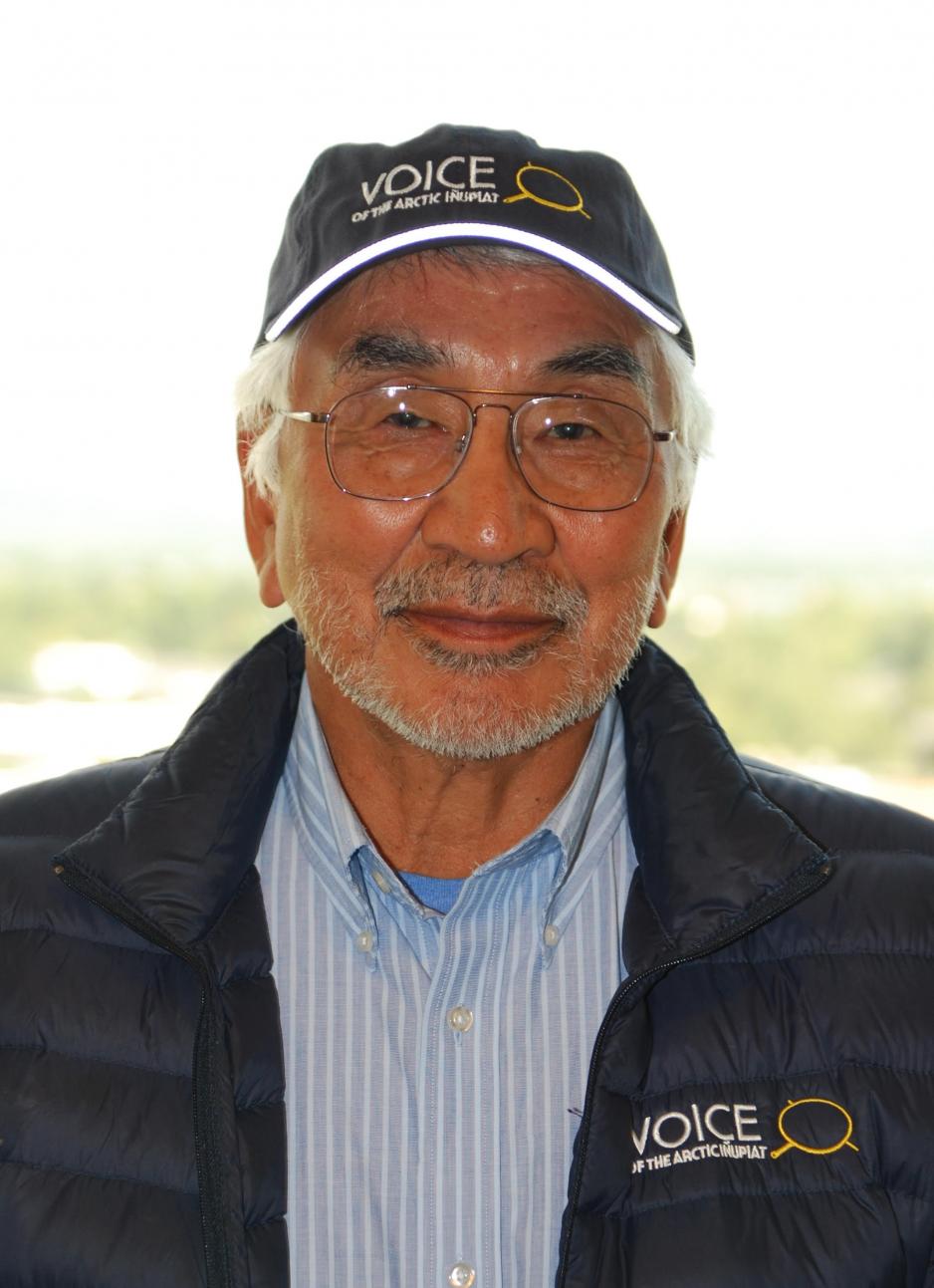A New Call to Open the Arctic National Wildlife Refuge to Drilling

"We are concerned about the future of our communities and, as of today, we stand together in support of Arctic National Wildlife Refuge (ANWR) development as part of the economic solution for the Arctic Slope region", said John Hopson, Jr., mayor of Wainwright, Alaska and vice chairman of Voice of the Arctic Iñupiat.
An indigenous organisation from Alaska’s North Slope has announced its support for opening parts of the Arctic National Wildlife Refuge (ANWR) to drilling.
"The Voice of the Arctic Iñupiat (VOICE) organization and the villages it represents strongly support economic development in the region," Mayor John Hopson from VOICE said in a press release from 13 September 2017.
Other indigenous groups, like the Gwich’in Steering Committee, raise concerns about this call.
Drilling for development
VOICE’s board of directors passed a resolution in early September officially backing safe and responsible development in the refuge – specifically the 1002 coastal plain area that represents eight percent of the total ANWR acreage. Opening ANWR would support local communities’ economic development through infrastructure investment, business opportunities and much needed jobs.
"Industry revenues have built our schools, health clinics, sanitation systems and provided for other basic services most Americans take for granted", VOICE’s press release highlights.
The press release asserts that their position to allow resource production in a small portion of the Arctic refuge is supported by many others, naming specifically the Governor of Alaska, the leadership of the North Slope Borough, the majority of Arctic Slope village leadership and the overwhelming majority of Alaskans. VOICE’s announcement also comes at a time when also federal support appears on the rise to open up ANWR for drilling; a move that the previous Obama government opposed.
Energy security
Sayers Tuzroyluk, president of Voice of the Arctic Iñupiat, also refers to the federal and international importance of opening ANWR:
"Opening the Arctic refuge to oil production would not only resurrect Alaska’s economy and the economies of our Arctic communities, but it would make the U.S. more energy secure – especially as China, Russia and other European nations produce increasingly more Arctic energy."
Balanced approach
Tuzroyluk calls for a balanced approach towards ANWR, lamenting that thus far most Americans recognize ANWR only as home to crucial habitats but fail to acknowledge the needs of thousands of Iñupiat who call the Arctic Slope home.
"VOICE’s announcement should send a clear message that the people who live here, the ones who are undeniably most affected by Arctic policy decisions, support ANWR development and fully expect to be included in the debate."
Need for long-term solutions
Other indigenous groups are not in agreement with opening ANWR for resource development.
"We are very sad to hear the announcement of VOICE", says Bernadette Demientieff, Executive Director of the Gwich’in Steering Committee to High North News.
"Everyone up here is very concerned about climate change and all the effects it has on our livelihoods. But at the same time we have to think about the long-term effects of our actions. Short-term solutions won’t help future generations", Demientieff emphasizes.
Identity is not negotiable
The Gwich’in Steering Committee especially emphasises the need to protect the caribou herds whose numbers have been declining by more than half since 2010.
"We need to protect our food security and ecosystems; this is part of our identity and our identity is not negotiable," Demientieff said.
Need to engage Arctic peoples
"There is so much more in Alaska than fossil fuels. We have the most beautiful nature of the planet to offer", Demientieff tells HNN.
"We know the concerns of our Iñupiat brothers and sisters but we need to stand together to tackle our current challenges without compromising the future of our children. There are many options to develop and thrive in a healthy way. In any case, it is very important to talk to the people who are actually concerned, who live in the Arctic regions, and to have their voice heard in the debates about the future of our regions."
To drill or not to drill
ANWR is a national wildlife refuge in northeastern Alaska and is part of its North Slope region where significant oil deposits have been found in the past. ANWR is the largest national wildlife refuge in the US.
The debate about opening ANWR to resource exploration and exploitation is a long-standing issue and has stirred up debates time and again since the 1970s. Resource development proponents ask for the opening of the so-called "1002 area", an around 6000 km2 big section of the coastal plain, since the area is estimated to contain economically recoverable amounts of oil.
Opponents emphasise the danger of oil exploration and exploitation for the wildlife of the area, especially for the caribou herds, whose calving grounds could be severely affected by pollution from oil development.

